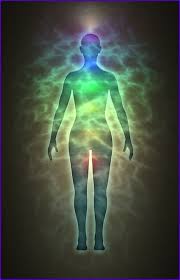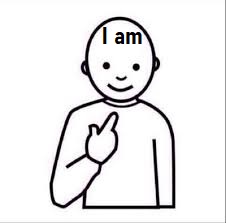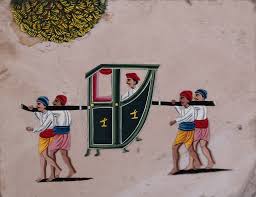Pravishtha and apravishtha (Does Brahman actually enter an object?)
This is a dialog between guru ParAshara and shishya Maitreya from Swami VishudhAnanda’s book “PakshapAta-rahita Anubhava”. (Parashara says to Maitreya):
Hey shis hya remember that you are Self-illuminated Atma. When objects in this world are formed from five elements one can say that these elements actually enter (pravishtha) in the objects and one can also say they are do not enter (apravishtha) in the objects – like gold in ornaments is pravishtha or also apravishtha; mud is pravishtha in the pot or also apravishtha; the rope is pravishtha in the illusive snake or also aprvishtha; the witness of the dream is pravishtha in the dream world or aprvishtha. Similarly, you the name & forms based substratum on which the world is superimposed (namrupatmak vivarta-upadan-karana), Existence-Consciousness-Bliss Atma is pravishtha in the imaginary, names & forms based objects and also apravishtha.
hya remember that you are Self-illuminated Atma. When objects in this world are formed from five elements one can say that these elements actually enter (pravishtha) in the objects and one can also say they are do not enter (apravishtha) in the objects – like gold in ornaments is pravishtha or also apravishtha; mud is pravishtha in the pot or also apravishtha; the rope is pravishtha in the illusive snake or also aprvishtha; the witness of the dream is pravishtha in the dream world or aprvishtha. Similarly, you the name & forms based substratum on which the world is superimposed (namrupatmak vivarta-upadan-karana), Existence-Consciousness-Bliss Atma is pravishtha in the imaginary, names & forms based objects and also apravishtha.
I will explain how it is pravishtha. There is not a single element of any ornament in this names & forms based world that is not occupied, pervaded or apart from the gold that is Brahman. In other words, you the Existence-Consciouness-Bliss (Asti-Bhati-Priyam) Atma is the gold that is pervaded in objects or the ornaments in such a manner that there is nothing apart from gold (that is you). You can say that for the wise ones there is total elimination of of names & forms (atyantabhAva) in ornaments; all they see is gold. Without Brahman the gold, you will not be able to find any ornaments. But in every ornament you will find gold only. That is why we say that gold the Brahman is pravishtha in the ornaments.


